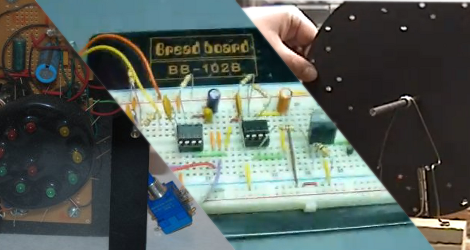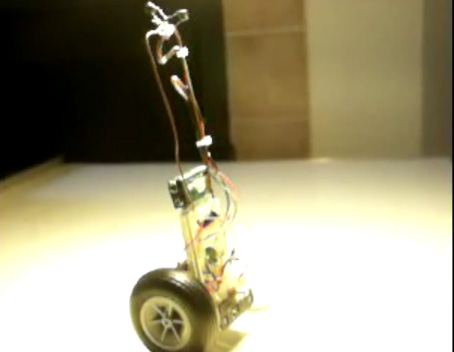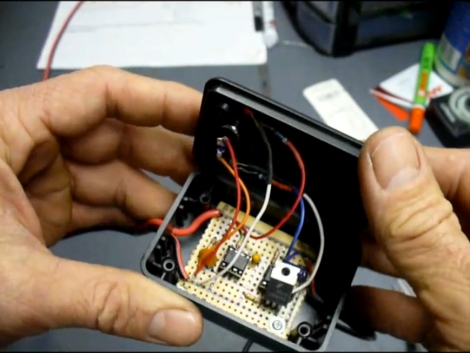Sure, microcontrollers are useful, easy to apply, and ubiquitous, but where is the fun in the easy route? Well, for those of you out there with a little imagination and a 555 timer sitting around, there could be rewards in store. Brought to you by such famous personalities as Jeri Ellsworth and Chris Gammell, the 555 contest has prizes and awards for a number of different categories, such as over the top designs as well as awards for most minimalistic. To top it all off, they are even selling T-shirts to benefit engineering education charities.
The craziest (and possibly coolest) part of the entire contest is that the it has all been put together by the hacking community, with no exclusive sponsorship deals or payment to the organizers being accepted. In the spirit of giving, we will be adding some Hack a Day merch to the swag pile, so keep an eye out for the skull and wrenches. Currently the prize list includes a pair of Beagle Boards, a custom hacked Commodore 64 Joystick from Jeri, as well as a number of other project parts and lots more. The sponsorship list is still growing, so all of our information is tentative (and exclusive!), but be sure to check out the complete list so far after the break.
Continue reading “555 Design Contest, Win $1500+ In Prizes!” →




















